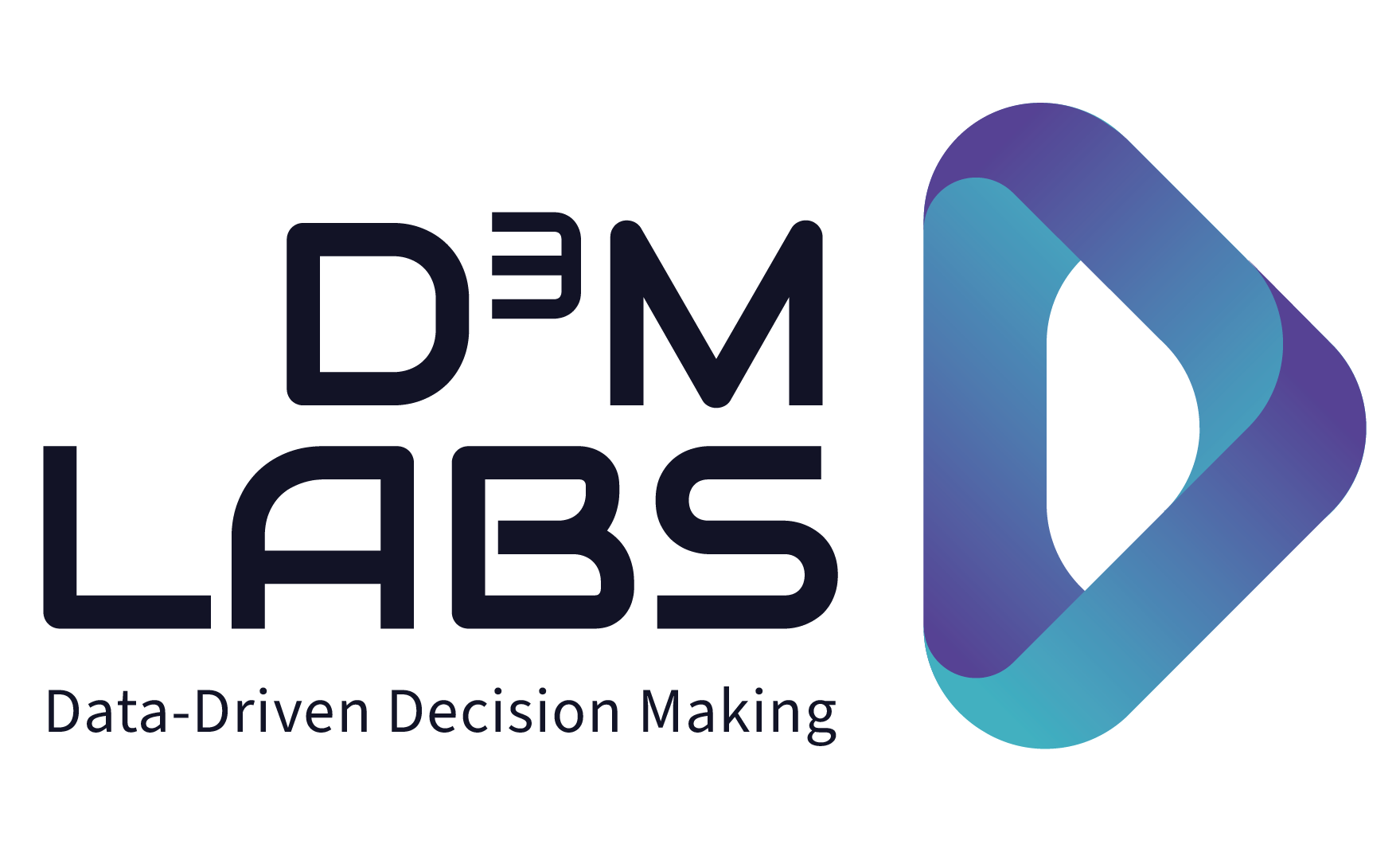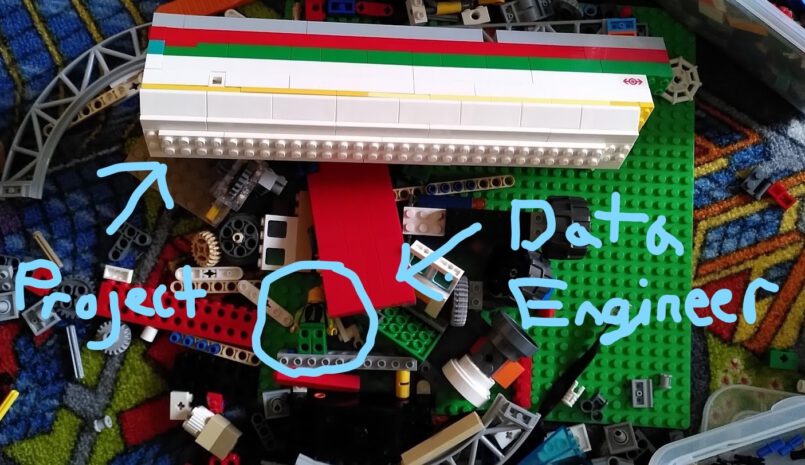Engineers and customer success teams are unsung heroes of IT Operations.
Have you wondered what your they think of your purchasing habits? Especially in virtual organizations, engineers and customer success counterparts at vendors can live in their coding-cave, working hard, invisible to others. Impulsive cool tool purchasing without including engineers might not only be driving those difficult to recruit professionals crazy and burn vendor relationships, it could derail your platform development and important projects such as data migration. It might frustrate your engineers enough to quit.
Here are some ways to keep your engineering team from feeling like your purchasing is de-railing them.
Engineers just love feeling taken for granted. Not.
So, when you go ahead and purchase cool tools without consulting the very people who will be stuck installing and maintaining them, expect a standing ovation of frustration and inefficiency. Suddenly, engineers will have to wave their magic wands (or should I say, keyboards) and implement a tool they have absolutely no clue about.
Installation is usually more than a couple of clicks
Remember, your engineers will need a crash course to understand its functionalities and figure out how to squeeze it into their already jam-packed workflows. Nothing says „fun“ like disrupting the flow and piling on extra workload!Installing and setting up new tools is like solving a complex puzzle without any instructions. It requires technical expertise. If you don’t plan ahead and neglect to allocate the necessary budge, you can sit back and enjoy the show as your data and engineering teams stretch their already limited resources to the breaking point. Watch as their desperate attempts impact project timelines, like a high-stakes reality TV show!
Evaluate the vendor’s vision, not just their features
Tools are not just features. Good tools entail a philosophy about the way your company should work. When you buy a tool for a cool feature, push this on your team and ignore the vendor’s vision, you run a high risk of misusing the tool to the pain of your engineers and the vendor’s customer success team.
Buying a tool for the features without understanding vendor vision is like buying an airplane to drive on a highway and wondering why you are causing a traffic jam.
Tool maintenance and integration are gifts that keeps giving
When you add a new tool to your stack, you are adding one more component that needs to be integrated into a complex system. You are also adding one more component that will break, that needs to be monitored. New tools will arrive, and the integration with those tools will also need to be addressed. In short, each new tool adds to your engineering team’s overhead.
There is a way to avoid the train wreck and instead create a culture of collaboration.
Involve the data engineering team in the decision-making process!
Yes, consult them beforehand to gather their input on potential tools and identify their needs. The team might actually have some good suggestions and be enthusiastic if you involve them early. No only will you help your initiative at hand, but you will foster a collaborative culture that will have positive halo effects later on.
Effective vendor management is all about open communication and consideration. It’s about making your data and engineering teams feel like the super heros they are, the master behind the scene making your platform work. So, involve them in decision-making, provide support during onboarding.
Check to see if you need the tool in the first place. Often people buy tools to duplicate something that already exists in their organization.
The first step should be to work with your engineering team AND customer success teams of your existing vendor to get the most out of the stack you already have.
And say Thank You 🙂 To your engineers AND your vendor customer success team.
In person (or video if you are remote).
Quality counts above quantity in many things. Including sustainable purchasing and vendor management.

